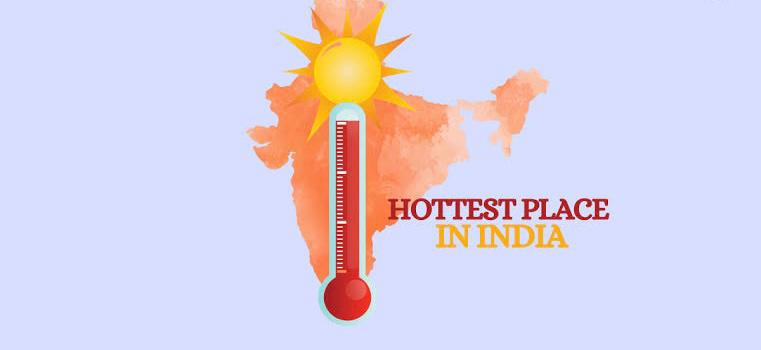While the rest of India struggles with a record high temperature, places like Faridkot, Jalandhar, and Ganganagar—where the temperature is 47°C—are creating special survival plans to deal with the harsh weather. As the mercury soars to 40°C by 10 a.m. in Sri Ganganagar, survival becomes a test and adaptation.
Key Highlights:
Daily routines change: People wake early to complete office and fieldwork and to seek shelter indoors during the day. Markets and schools tend to shift working hours to steer clear of the sun during noon.
Hydration & Diet: Hydration is the local motto. Individuals consume water during the day and consume cooling foods like buttermilk, cucumbers, and melons to prevent heatstroke.
Shelter & Shade: Houses are built with thick walls, shaded courtyards, and whitewashed walls to reflect sunlight. Wet cloths on windows and old 'khus' mats are used to cool houses by most.
Community Support: Citizens organize water points and homemade drinks are served to pedestrians, especially to outdoorsmen and elderly persons.
Resilience in Times of Crisis: In the face of frequent power outages and water cuts, citizens rely on solidarity and old tradition to get through the worst months.
Prospect: As climate change increases the frequency and severity of heatwaves, India's hottest cities are fighting back—blending tradition, innovation, and community spirit to survive the summer heat.
Source: Deccan Chronicle




